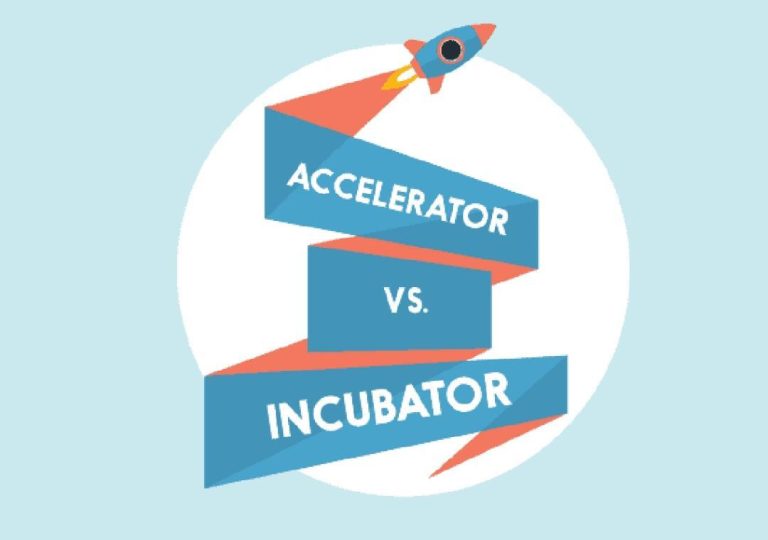
AI, Creators & Tier-2 Cities Power India’s Startup Growth
India’s startup ecosystem has been witnessing exponential growth in recent years, and the latest trends suggest that this momentum is set to continue. A report by Meta-A&M, a leading research firm, has shed light on the key factors driving India’s startup growth. The report reveals that artificial intelligence (AI) adoption, omnichannel models, Tier-2/3 city expansion, and creator-driven branding are the primary drivers of this growth.
In this blog post, we’ll delve into the details of these trends and explore how they are reshaping the startup landscape in India.
AI Adoption: The Game-Changer
One of the most significant findings of the Meta-A&M report is that 70% of Indian startups are using AI in some form or the other. This is not surprising, given the numerous benefits that AI can bring to businesses, including improved efficiency, enhanced customer experiences, and competitive advantage.
AI is being used in various ways across different industries, such as:
- Chatbots: Many startups are leveraging AI-powered chatbots to provide 24/7 customer support and improve customer engagement.
- Predictive analytics: AI is being used to analyze customer behavior, preferences, and trends, enabling startups to make data-driven decisions.
- Personalization: AI-powered personalization is helping startups tailor their marketing strategies and product offerings to specific customer segments.
Omnichannel Models: The New Normal
The Meta-A&M report also highlights that 67% of Indian startups are adopting omnichannel models, which involve providing a seamless and consistent customer experience across multiple channels, such as social media, messaging apps, email, and websites.
Omnichannel models are essential in today’s digital age, as they enable startups to:
- Increase customer engagement: By providing multiple touchpoints, startups can engage with customers more effectively and build stronger relationships.
- Enhance customer satisfaction: Omnichannel models ensure that customers receive consistent and personalized experiences, leading to increased satisfaction and loyalty.
- Drive conversions: By providing multiple channels for customers to interact, startups can increase conversions and drive business growth.
Tier-2/3 City Expansion: The Next Frontier
The Meta-A&M report also reveals that 95% of Indian startups are targeting smaller cities and towns, often referred to as Tier-2/3 cities, as part of their expansion plans.
This trend is significant, as Tier-2/3 cities are often underserved and present a huge opportunities for startups. By expanding into these cities, startups can:
- Tap into new markets: Tier-2/3 cities have a large and growing population, offering a significant opportunity for startups to tap into new markets.
- Reduce competition: By entering Tier-2/3 cities early, startups can reduce competition and establish a strong foothold in these markets.
- Improve customer engagement: Tier-2/3 cities often have a strong sense of community, enabling startups to build stronger relationships with customers and improve engagement.
Creator Economy: The Future of Branding
Finally, the Meta-A&M report highlights that 88% of Indian startups are partnering with influencers and creators early in their growth journey. This trend is part of the broader creator economy, which is transforming the way brands connect with customers.
The creator economy is built around the idea that creators and influencers are the new faces of brands. By partnering with creators, startups can:
- Build brand awareness: Creators have a large following and can help startups build brand awareness and reach new customers.
- Drive engagement: Creators can help startups drive engagement and encourage customers to interact with their brand.
- Increase loyalty: By partnering with creators, startups can increase customer loyalty and build strong relationships with their target audience.
Conclusion
India’s startup ecosystem is evolving fast, and the trends highlighted in the Meta-A&M report are set to shape the future of entrepreneurship in the country. AI adoption, omnichannel models, Tier-2/3 city expansion, and creator-driven branding are the key drivers of this growth, and startups that adopt these trends are likely to succeed.
As the startup landscape continues to evolve, it will be interesting to see how these trends shape the future of entrepreneurship in India. One thing is certain, however – the future of Indian startups looks bright, and the potential for growth is immense.






